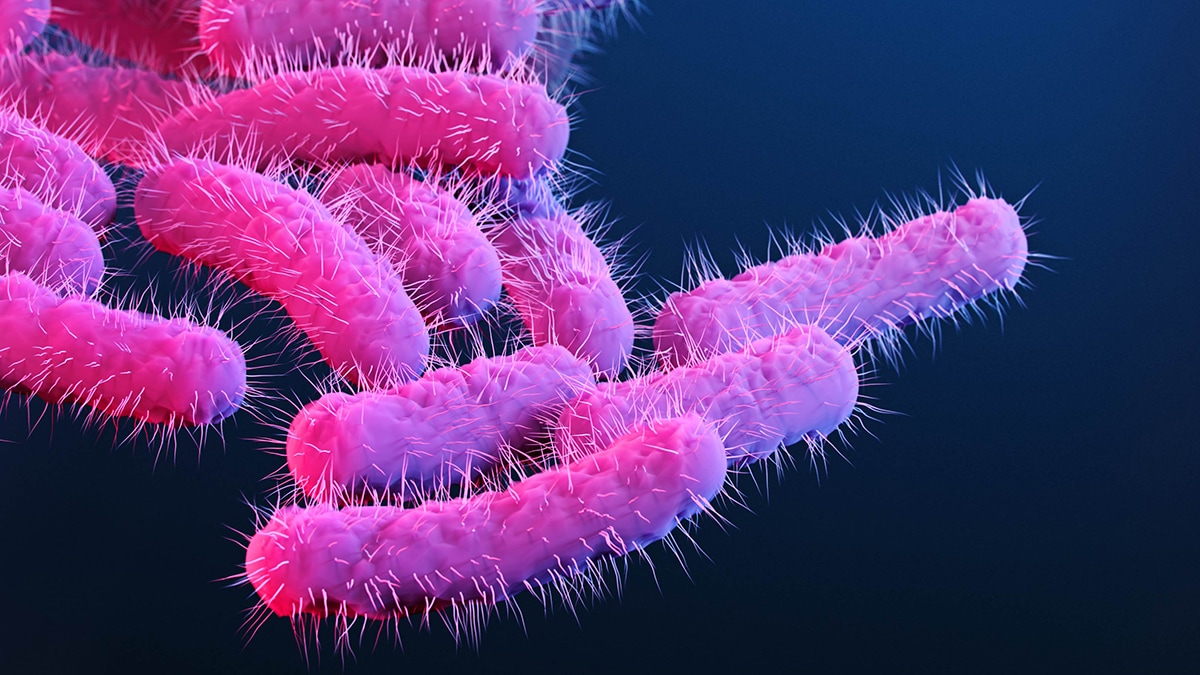About Shigella Infection (original) (raw)
- Shigella are bacteria (germs) that cause diarrhea.
- The most common ways people get sick are from eating or drinking contaminated food or water and contact with someone who is sick or has recently been sick with Shigella infection.
- Shigella can also be spread during sexual activity with a sick person.

What it is
Shigella bacteria cause an infection called shigellosis_._ Shigella cause an estimated 450,000 infections in the United States each year, and antimicrobial resistant infections result in an estimated $93 million in direct medical costs.
The four species of Shigella are:
- Shigella sonnei (the most common species in the United States)
- Shigella flexneri
- Shigella boydii
- Shigella dysenteriae
S. dysenteriae and S. boydii are rare in the United States, though they continue to be important causes of disease in areas with less access to resources. Shigella dysenteriae type 1 can be deadly.
Symptoms
Symptoms usually start 1–2 days after infection and last 7 days. Most people with shigellosis experience:
- Diarrhea that can be bloody or prolonged (lasting more than 3 days)
- Fever
- Stomach pain
- Feeling the need to pass stool (poop) even when the bowels are empty
Who is at risk
Some groups of people are more likely to get sick with shigellosis than others.
- Children younger than 5 years old are the most likely to get shigellosis, but people of all ages can get the disease. Many outbreaks occur in early care and education settings and schools.
- Travelers to places where water and food may be unsafe and sanitation is poor are more likely to get a Shigella infection. They are also more likely to become sick with types of Shigella that are more difficult to treat.
- Gay, bisexual, and other men who have sex with men* (GBMSM) have factors that put them at increased risk for Shigella infection. Although rates are higher among GBMSM, the risk is present for any sexual activity involving stool exposure.
- People who are experiencing homelessness are at high risk for Shigella infection when there is shigellosis spread in the community. They may face challenges in their living situations that increase the risk for disease transmission, which can result in outbreaks.
How it spreads
Shigella spreads easily; swallowing just a small amount of Shigella germs can make you sick.
Shigella germs are in poop, so anything that gets contaminated by poop can potentially spread the germs. Shigella can spread from one person to another or through contaminated water, food, surfaces, or objects.
Treatment and recovery
People who have shigellosis usually get better without antibiotic treatment in 5 to 7 days. People with mild shigellosis may need only fluids and rest.
Your healthcare provider may prescribe medicine to treat illness caused by Shigella.
If you have diarrhea, drink a lot of water or other fluids to avoid dehydration (loss of fluids).
January 10, 2024
Sources
- *The term "men who have sex with men" is used in CDC surveillance systems to indicate men who engage in sexual behavior that may spread Shigella; it does not indicate how people identify their sexuality.